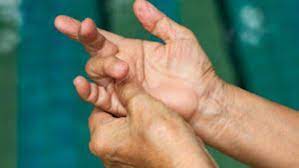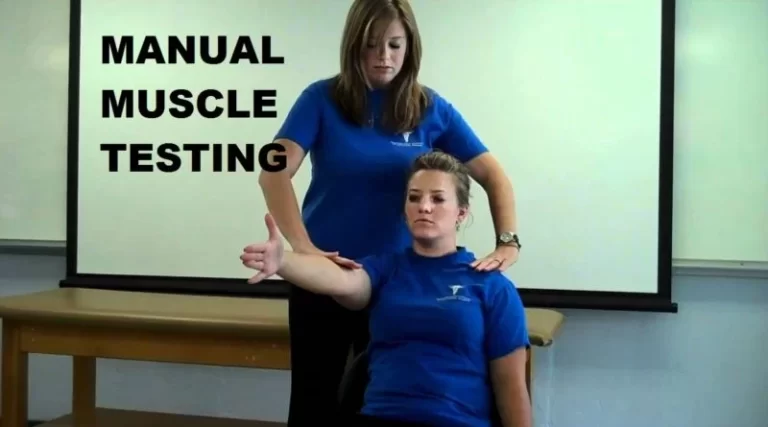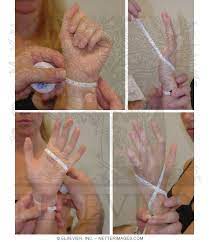Carpal Compression Test of the wrist joint
The Median Compression Test/Durkan’s Test is another name for this carpal compression test.
This test is used in the clinic to examine a patient’s carpal tunnel syndrome.
When a patient complains of wrist discomfort or other neurological symptoms in the hand, a neuro specialist or therapist can perform this clinical and neurological examination.
Table of Contents
What is the importance of the Carpal Compression Test of the wrist joint?
To examine carpal tunnel syndrome, use the carpal compression test.
How do you check the wrist joint’s carpal compression test?

For the test, the patient will either be seated or standing.
The therapist next uses both hands to hold the supinated wrist joint during the examination.
After that, apply direct, even pressure for up to 30 seconds across the median nerve in the carpal tunnel.
What were the results of the wrist joint’s carpal compression test?
It is regarded as a positive test for carpal tunnel syndrome if the patient experiences the development of the patient’s symptoms.
The reverse Phalen’s test has been modified by the carpal compression test.
Other methods for doing the carpal compression test include:
If the symptoms disappear when the examiner (therapist) releases the pressure, the test may additionally entail bending the wrist joint 60° before applying the pressure.
The symptoms might not go away for a few minutes.
The test is more sensitive to wrist joint flexion.
What is the evidence of the carpal compression test of the wrist joint?
In 2016, research was conducted on the carpal compression test.
This test, along with Phalen’s test (PT), Tinel’s test (TT), and the carpal compression test (CCT), is determined to be the most effective diagnostic tool for carpal tunnel syndrome.
This study demonstrates that the carpal compression test has greater sensitivity and specificity than both Tinel’s and Phalen’s tests.
This study additionally suggests that the diagnostic is more likely to be CCT = Carpal Compression Test since both the CCT and the TT are positive.
This Carpal Compression Test’s Sensitivity is 80.6%
This carpal compression test’s specificity was 52.9%.
FAQ
Carpal Compression Test (Put pressure on the median nerve in the carpal tunnel, which is located immediately distal to the wrist crease, using the thumbs. If the patient experiences numbness and tingling within 30 seconds, the test is considered positive.)







